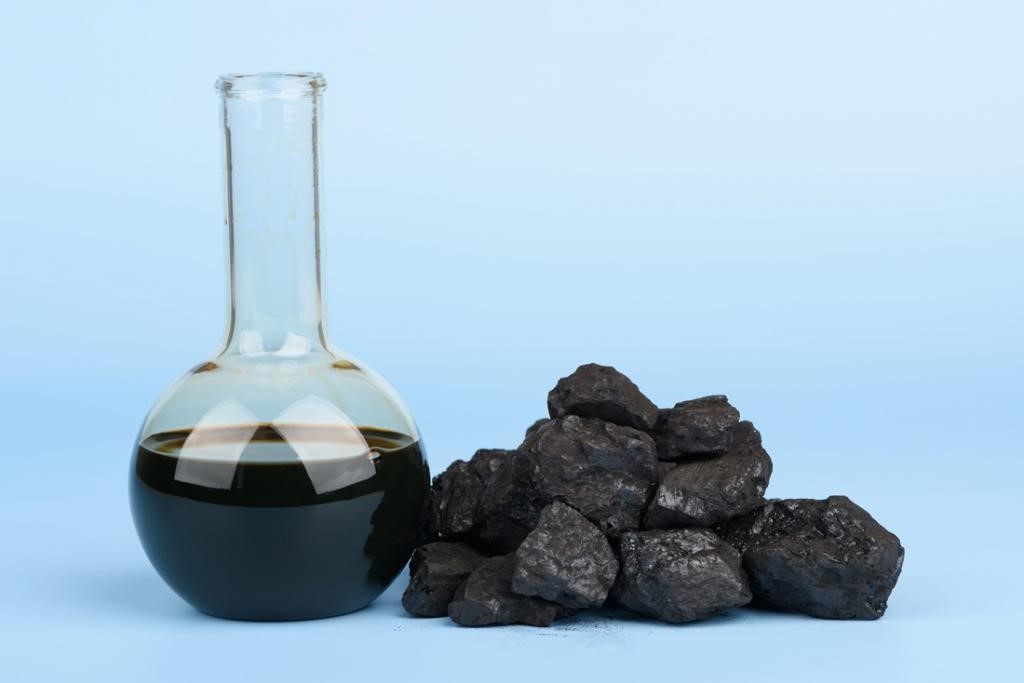Description

Disclaimer: Copyright infringement not intended.
Context
- An article titled “Is natural gas actually cleaner than coal? Growing evidence says maybe not.” appeared in Down to Earth recently.
What is Bridge Fuel?
Natural gas has been called a ‘bridge fuel’ for countries looking to transition away from coal and oil dependency, and as they pursue a pathway towards renewables and electrification.
- The goal of using a bridge fuel is to replace the bulk of today’s fossil-fuel-dependent energy sources as we transition to a cleaner and more renewable energy economy that is free of greenhouse gas emissions.
- Since natural gas has a lesser climate impact than coal because it emits 50 per cent less CO2 into the atmosphere, it is widely considered as bridge fuel.
Is natural gas actually cleaner than coal?
- The primary component of natural gas is methane, comprising 70-90 per cent of its composition. Methane is the second-most abundant GHG after CO2.
- Although methane dissipates faster than CO2 in the atmosphere, it has a much stronger planetary warming effect. While possessing a short atmospheric lifetime (12-15 years, compared to 150-200 years of CO2), methane has a high global warming potential (GWP) which is 28 times that of CO2 over 100 years.
- Note: GWP is a climate metric used to measure how much heat a GHG traps in the atmosphere relative to CO2. Over a 20-year period, methane traps over 82.5 times more heat than CO2.
- Methane emissions from the oil and gas sector are said to be vastly underreported. As per a study, during 2010-2019, methane emissions from US oil and gas fields were 70 per cent higher than the US Environmental Protection Agency (EPA) inventory.
- All these data and facts says natural gas may not be cleaner than coal.

About Natural Gas
- Natural gas is a fossil fuel. Like all fossil fuels, it is a nonrenewable resource.
- It is a mixture of gases which are rich in hydrocarbons.
- It is a colorless and odorless gas composed of 70-90% methane (CH4). Its other ingredients include ethane (C2 H6) and propane (C3 H8).
Possible impurities include carbon dioxide (CO2), hydrogen sulfide (H2S), and nitrogen (N).
Conclusion:
- The Intergovernmental Panel on Climate Change has emphasised a greater urgency in phasing out coal over reducing gas usage for the 1.5°C pathway, which places a heavy burden on coal-dependent Global South countries.
- At COP28 in Dubai last year, the United Nations Framework Convention on Climate Change mentioned “transitional fuels” for energy security in its outcome of the First Global Stocktake, alluding to natural gas. However more research and development needs to be done in the efficacy of the natural gas as transitional fuels.
Source:
https://www.downtoearth.org.in/blog/climate-change/is-natural-gas-actually-cleaner-than-coal-growing-evidence-says-maybe-not-95295
|
PRACTICE QUESTION
With reference to bridge fuel’, which of the following statements is/are correct?
- Natural gas has been called a ‘bridge fuel’ for countries looking to transition away from coal and oil dependency.
- In its outcome of the First Global Stocktake at COP28 in Dubai, the United Nations Framework Convention on Climate Change hinted natural gas as traditional fuels.
Which of the above statements is/are correct?
- 1 only
- 2 only
- Both
- None
Answer: 4
|












